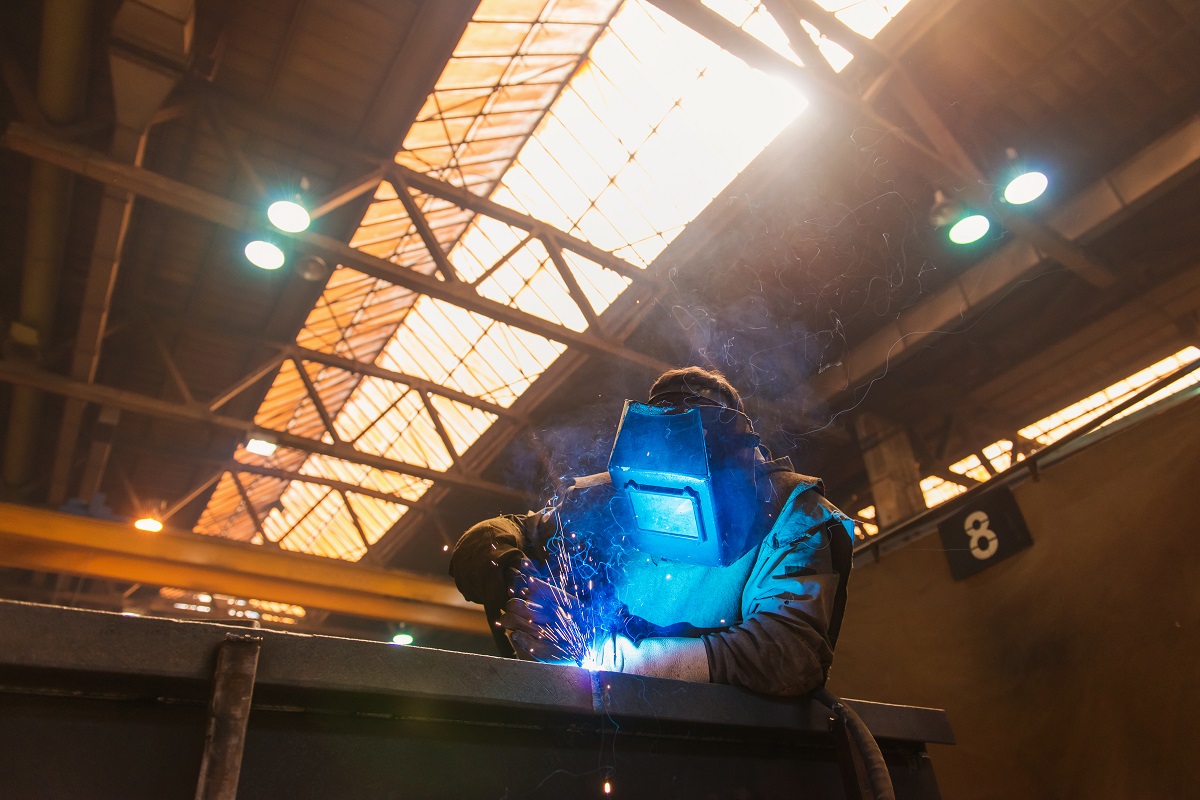Just How to Prevent Weld Undercut: Vital Tips for Welders
Just How to Prevent Weld Undercut: Vital Tips for Welders
Blog Article
A Comprehensive Overview to Identifying, Fighting, and Correcting Undercut Welding Troubles in Your Welding Jobs
In the realm of welding, running into undercut problems is a common difficulty that can compromise the structural integrity and overall top quality of your welding tasks. Understanding the root creates behind undercut welding, being able to precisely spot it in your welds, and applying effective preventative procedures are essential abilities for any welder. Furthermore, having the expertise and methods to remedy undercut problems when they do happen can make a substantial difference in the final result of your welding undertakings. Stay tuned as we check out the crucial components of determining, stopping, and dealing with undercut welding problems, offering you with important understandings and approaches to boost your welding skills to the next level.
Usual Root Causes Of Undercut Welding
Undercut welding, an usual concern in welding procedures, can be triggered by different elements that need to be carefully recognized and dealt with to make sure the integrity of the weld joint. One of the key root causes of undercut welding is excessive heat input. When the welding criteria, such as voltage, present, or take a trip speed, are not properly established, an extreme amount of warmth can be produced. This excess warmth causes the melting and subsequent elimination of the base material along the sides of the weld joint, producing a groove referred to as undercut.
An additional usual reason of undercut welding is incorrect welding strategy. Recognizing these root causes and executing restorative actions is important in protecting against and correcting undercut welding issues in welding jobs.
Identifying Undercut in Welds

To determine undercut precisely, correct lights and magnifying devices are vital to check the weld joint extensively. Making use of devices such as a welding scale or a magnifying glass can aid in detecting even the smallest undercut imperfections. Additionally, running a finger or a fingernail along the weld joint can sometimes reveal undercut, as the surface might really feel irregular or have a dip where the undercut exists.
Preventative Actions for Undercut
Having a deep understanding of the causes of undercut in welds enables for the implementation of reliable precautionary measures to preserve weld quality and honesty. These settings must be optimized to protect against extreme warmth input, which can lead to undercut development.

Techniques for Taking Care Of Undercut

Boosting the welding present or lowering the traveling rate can aid load in the undercut. In addition, transforming the welding strategy from a press to a drag or vice versa can also help lessen undercut.
Another method is to make use of a weaving activity while welding to make certain correct sidewall combination and fill in the undercut. By oscillating the welding arc from side to side within the weld joint, the welder can deposit more filler product right into the undercut areas, effectively eliminating the issue.
Moreover, grinding out the undercut and rewelding the joint can be a practical solution Learn More Here for a lot more severe undercut concerns - Preventing weld undercut. This process entails eliminating the undercut area, preparing the base metal, and after that rewelding the joint with appropriate welding parameters and strategies to avoid undercut from reoccurring

Expert Tips for Avoiding Undercut
Utilizing correct welding strategies and keeping control over crucial welding specifications are important techniques for welders aiming to prevent undercut in their weld joints. One specialist idea for preventing undercut is to guarantee proper joint prep work. This includes cleaning the base steel completely to remove any kind of pollutants that might lead to damage formation. Additionally, choosing the suitable welding procedure and filler steel for the particular application can aid stop undercut. Welders ought to likewise pay very close attention to the welding present and voltage setups, ensuring they are within the suggested array to stay clear of getting too hot and prospective undercut. Keeping a regular travel speed during the welding process is another essential pointer to stop undercut. By moving at a constant pace, welders can make certain proper blend and reduce the probability of undercut formation. Evaluating the weld bead after completion can assist recognize any indications of undercut very early on, permitting for immediate restorative activity to be taken.
Final Thought
In final thought, recognizing, stopping, and fixing undercut welding troubles in your welding jobs is important for ensuring sturdy and strong welds. Preventing weld undercut. By understanding the typical reasons for undercut, being able to identify it in welds, executing safety nets, and utilizing correct strategies for taking care of undercut, you can avoid prospective problems and produce top notch welds. Complying with professional pointers for preventing undercut can aid you boost your welding abilities and generate far better outcomes in your projects
Undercut welding, a typical problem in welding procedures, can be caused by different elements that need to be thoroughly determined and dealt with to ensure the stability of the weld joint. In addition, running a finger or a fingernail along the weld joint can sometimes check my reference expose undercut, as the surface might really feel unequal or have a dip where the undercut exists.
Using correct welding techniques and preserving control over crucial welding criteria are crucial methods for welders intending to avoid undercut in their weld joints.In verdict, determining, stopping, and repairing undercut welding problems in your welding projects is vital for making sure durable and strong welds. By understanding the typical causes of undercut, being able to recognize it in welds, applying precautionary actions, and using proper techniques for repairing undercut, you can stay clear of prospective problems and create premium welds.
Report this page